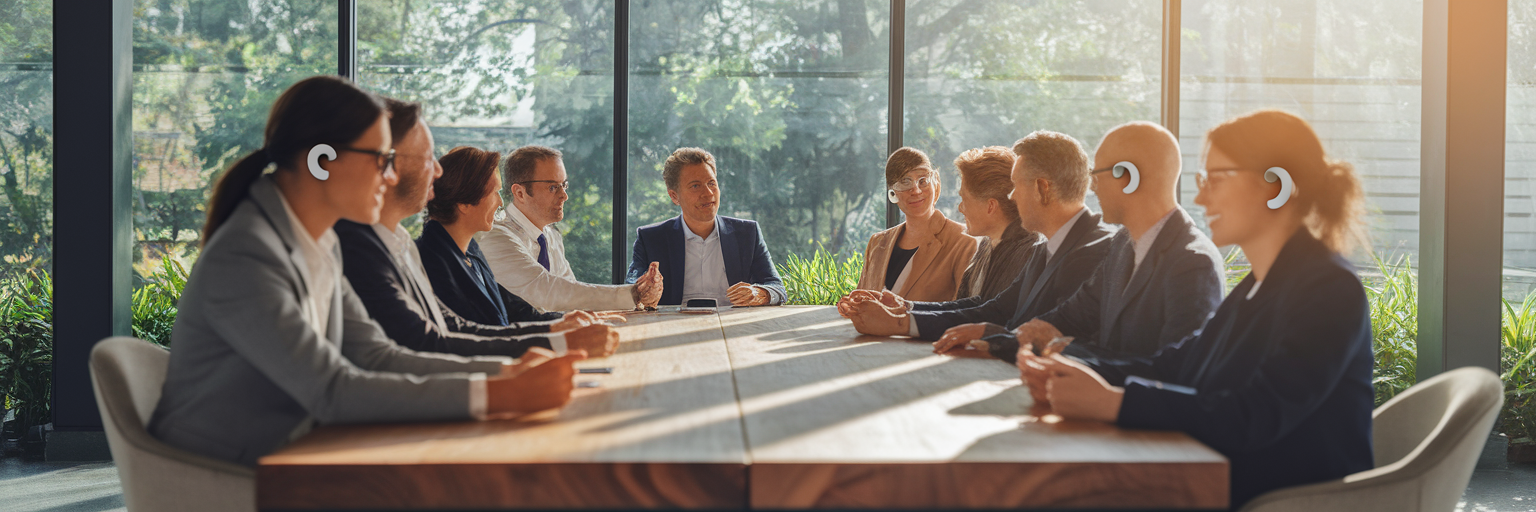Crafting Inclusive Incentive Travel from Singapore to APAC
Discover how to design and scale inclusive corporate journeys, starting with Singapore's model and expanding across Asia for truly engaging incentive travel.

Discover how to design and scale inclusive corporate journeys, starting with Singapore's model and expanding across Asia for truly engaging incentive travel.

The success of a corporate incentive trip is no longer measured by the opulence of the destination alone. Today, its true value is reflected in the sense of belonging it creates among team members. For multinational companies with diverse workforces, inclusivity has shifted from a secondary consideration to a primary driver of engagement and return on investment. This is where inclusive design becomes a core strategic framework, moving beyond simple logistics to build an environment of emotional and psychological safety where every participant feels genuinely seen and valued.
We can all recall moments at large gatherings where some colleagues felt more connected than others. A truly successful program eliminates those disparities. This requires a thoughtful approach, and for modern incentive travel, hybrid models are essential. They open the door for employees who are unable to travel due to health, family, or other personal reasons, ensuring the program’s reach and positive impact are maximized. By embracing this model, a company sends a clear message that every team member’s contribution matters.
Singapore, with its world-class infrastructure and deeply multicultural fabric, serves as the premier hub for creating these inclusive blueprints. The city-state provides the perfect testing ground for sophisticated hybrid event planning Singapore, allowing companies to refine their approach before extending it across the Asia-Pacific region. Crafting these experiences requires a deep understanding of both technology and human connection, which is why our professional services are designed to build these bespoke journeys from the ground up.

Imagine attending a keynote speech where you only catch every third word, or trying to network when a language barrier stands in your way. Miscommunication quickly leads to disengagement, undermining the very purpose of bringing people together. In a region as linguistically diverse as APAC, a proactive multilingual strategy is not a luxury, it is a necessity for creating a truly shared experience.
Singapore is already setting a benchmark in this area. As reported by Multilingual.com, the partnership between Green Terp Technologies and the Singapore Tourism Board for the 2025 World Expo shows a commitment to redefining multilingual engagement on a global scale. This forward-thinking mindset is key to successful multilingual corporate events. Implementing comprehensive language support for a hybrid incentive trip involves several key actions:
This commitment to linguistic inclusivity ensures that key messages, training content, and networking opportunities are equally accessible to everyone. It transforms a potentially fragmented event into a cohesive and equitable environment where every voice can be heard.
A truly barrier-free event is one where every attendee can navigate the experience with dignity and ease, whether they are in the room or joining from halfway across the world. This principle of accessible event design must be woven into both the physical venue and the digital platform. It is about anticipating needs rather than reacting to problems.
For the in-person component of barrier-free MICE events in Singapore, this means selecting venues with ramp access and accessible restrooms, arranging transportation that accommodates mobility devices, and providing sensory-friendly quiet rooms for neurodivergent attendees who may need a moment away from the stimulation. For the virtual audience, accessibility is just as critical. It involves applying inclusive web design principles like screen-reader compatibility for visually impaired participants, offering high-contrast color schemes, and ensuring the entire platform is navigable by keyboard.
These considerations demonstrate a level of corporate care that builds lasting loyalty. Ensuring attendee well-being, as we detailed in our article on the importance of event safety, is fundamental to creating a positive experience. The goal is to design an environment where no one feels like an afterthought.
| Accessibility Focus | Physical Venue (In-Person) | Digital Platform (Virtual) |
|---|---|---|
| Mobility | Ramp access, elevators, wide corridors, and accessible restrooms. | Keyboard-only navigation and logical tab order. |
| Sensory | Quiet rooms for sensory overload, adjustable lighting, and clear acoustics. | High-contrast color schemes and adjustable text sizes. |
| Cognitive | Clear and simple signage, structured agendas, and pre-event information. | Intuitive user interface and easily findable help sections. |
| Auditory & Visual | Sign language interpreters and reserved seating with clear sightlines. | Live captions, transcripts, and screen-reader compatibility (alt text for images). |
This table outlines practical design elements for creating a comprehensively accessible experience, ensuring both physical and digital environments cater to a diverse range of participant needs.

Once an inclusive blueprint is perfected in Singapore, the next step is to scale it for a multi-location program. An inclusive incentive travel APAC journey might start in Singapore and continue to another destination like Thailand, carrying the same commitment to accessibility and belonging throughout. Singapore acts as the command center where standards, technologies, and communication protocols are established before being adapted to new environments.
This scalability hinges on local adaptation. Expanding into a new country is not about imposing a rigid model, but about finding partners who share the same values. Effective corporate event planning Thailand, for example, involves collaborating with ethical local suppliers who understand the nuances of their culture. This could mean sourcing corporate gifts from community artisans, partnering with tour operators who can provide accessible excursions to cultural sites, or ensuring hotel partners meet accessibility standards.
The narrative power of such a journey is immense. Transitioning from the high-tech, meticulously planned environment of Singapore to an equally inclusive but culturally distinct experience in another location tells a powerful story. It shows a company’s unwavering commitment to every employee, regardless of where they are. With our expertise in Bangkok and beyond, we help brands craft these seamless, multi-destination stories that resonate on a deeply human level.
How do you measure the success of an incentive program that prioritizes belonging? The answer lies beyond traditional financial metrics. The true return on inclusive events is measured in human capital, brand equity, and the long-term resilience of your global team. It requires a new framework for evaluating impact.
Instead of focusing solely on cost per attendee, consider these key performance indicators:
These metrics reveal the deeper value of an inclusive approach. Over time, these efforts strengthen a company’s reputation, positioning it as an employer of choice for top talent. It also builds trust among partners and clients who increasingly prioritize corporate social responsibility. Ultimately, inclusivity is not an expense. It is a strategic investment in building a motivated, loyal, and unified global workforce, which is the greatest asset any company can possess.